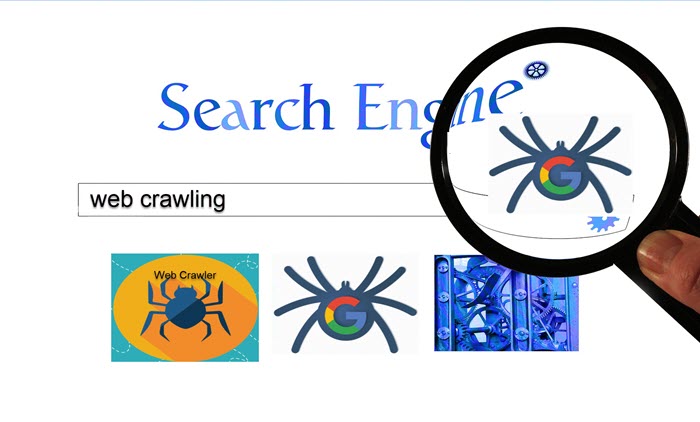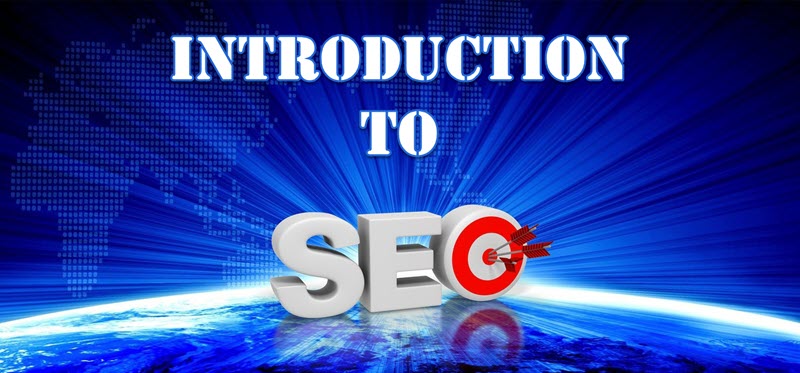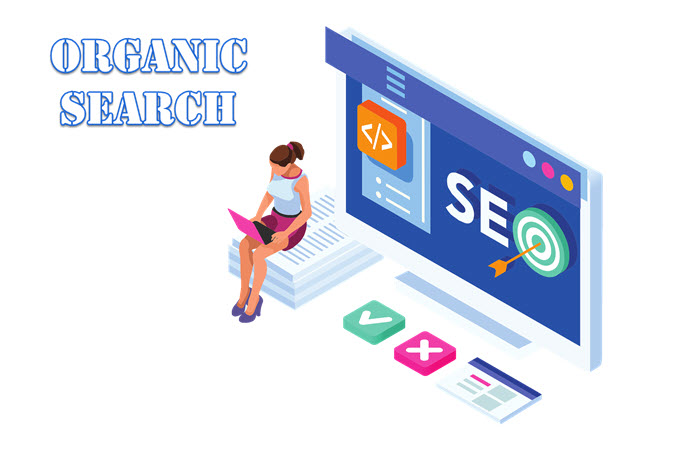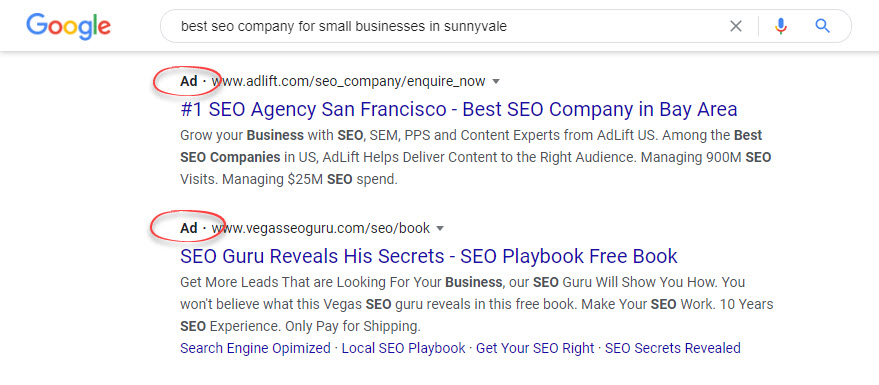In this chapter, you will learn:
- What is SEO 101?
- What is Web Crawling?
- What is Organic Search?
- Why is SEO Important?
- What is WhiteHat SEO?
What is SEO?

SEO (Search Engine Optimization) is an art of implementing the best practices for maximizing your website’s visibility in SERP (Search Engine Results Pages).
These techniques help in generating more traffic and direct it to one particular website. When you use the best SEO practices to boost the site’s ranking and visibility, the term ‘optimization’ is used.
SEO is not just limited to the ranking factors; it is, in fact, a broader area that comprises many different tactics. From the website’s structure to page hierarchy, and keyword research to content optimization, SEO covers it all.
One major aim of SEO is to improve the organic search results that a search engine generates for a particular website.
Search engines (Google, Bing, Yahoo, Yandex, etc.) are ruling the internet and have become an essential part of our daily lives in the digitalized era.
It is a statistically proven fact that the websites that rank higher on the SERP drive more traffic. This is why it’s crucial to appear on the first page of the search engine results lists.
How many times have you scrolled through the second page of the search engines?
Another factor that influences traffic is your appearance on the search engine. The higher the frequency of posts on your blog, the more will be the traffic.
SEO plays a vital role in handling both these aspects and maximizing your website’s visibility to direct more traffic towards it.
When you use the right keywords, develop engaging content, and implement WhiteHat SEO practices, the search engine crawls your website to a higher position.
Now when you have got a clear understanding of ‘what is SEO 101’, let’s move to other related terms.
What is Web Crawling?

Crawling is how the internet bots (web crawlers and web spiders) find the new or updated content on the Web.
The type of content may vary- it could be a blog, an image, a PDF, or a video. Regardless of the type and format, the bots discover new content through links.
For each search query made by the user, the crawlers start by finding the webpages that contain the most relevant content.
The bots then follow the links provided on the webpages to find the new URLs. When the crawlers or spiders are able to discover the new links, they add these links to their index





